Building Beauty: Week 2
Studio
Studio this week was mostly focused on our ornament project progress. I was initially thinking of using the clay from week one, but then had the idea to make a little box for my Aeropress filters, as until now I’ve just been using an ugly tupperware.
While doing some research I came across kumiko – a miniaturised version of the intricate grids in shoji screens. This seemed like an achievable project within the short timescale, but something that would give the box more visual interest.
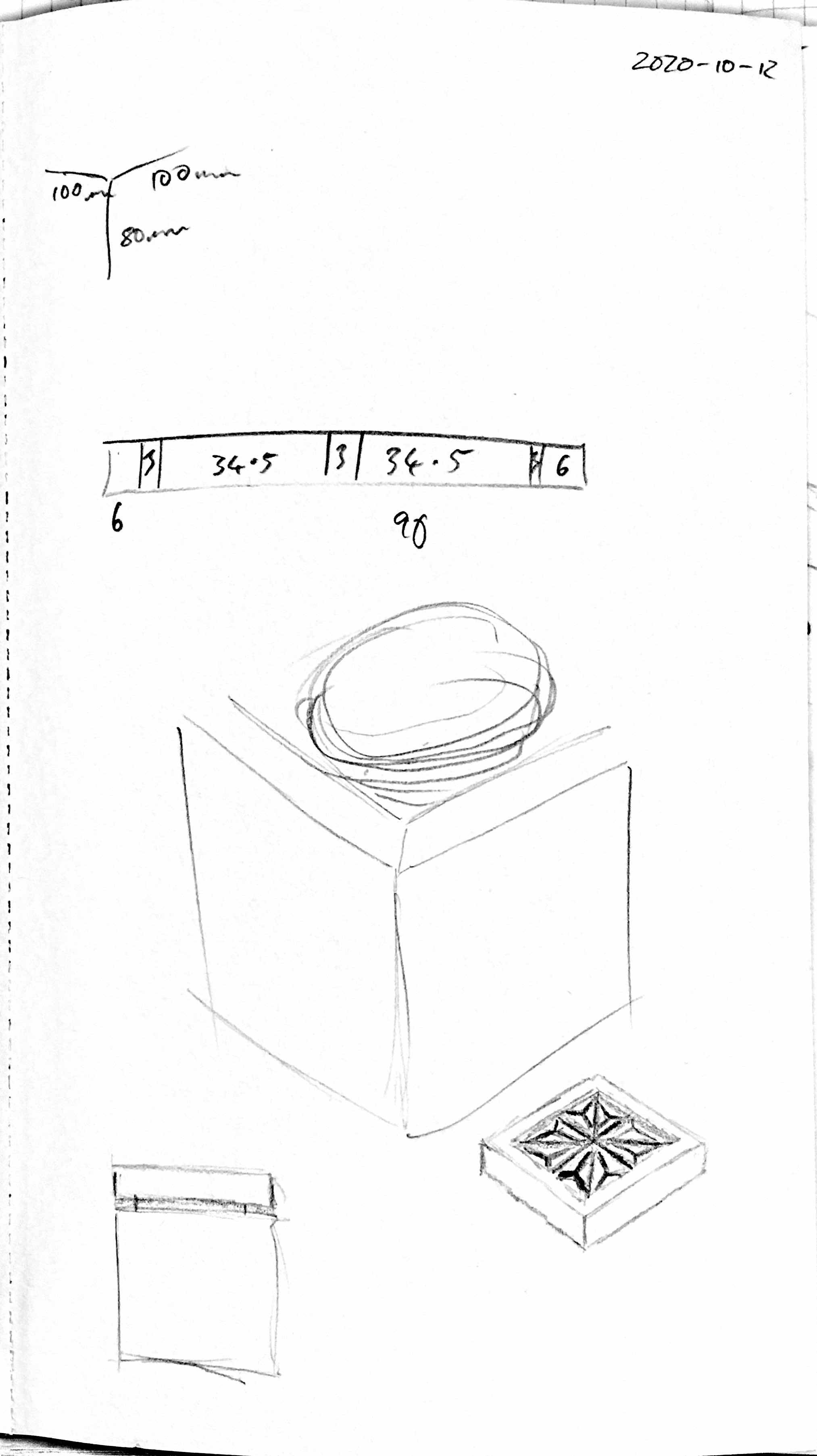
After sketching out the box I actually mocked it up with some card to get a feel for the proportions relative to the existing containers.
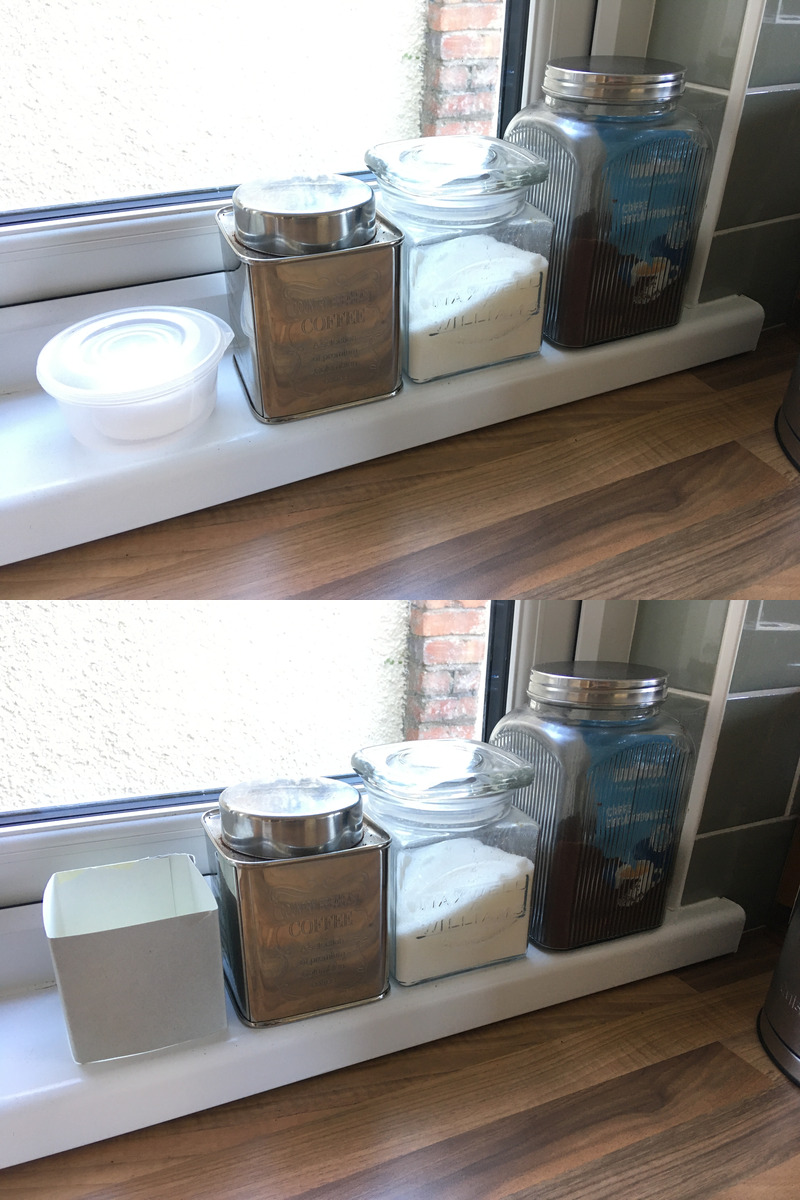
I then made some jigs to make the precise angles needed for the kumiko, and spent a very long weekend constructing most of the box.
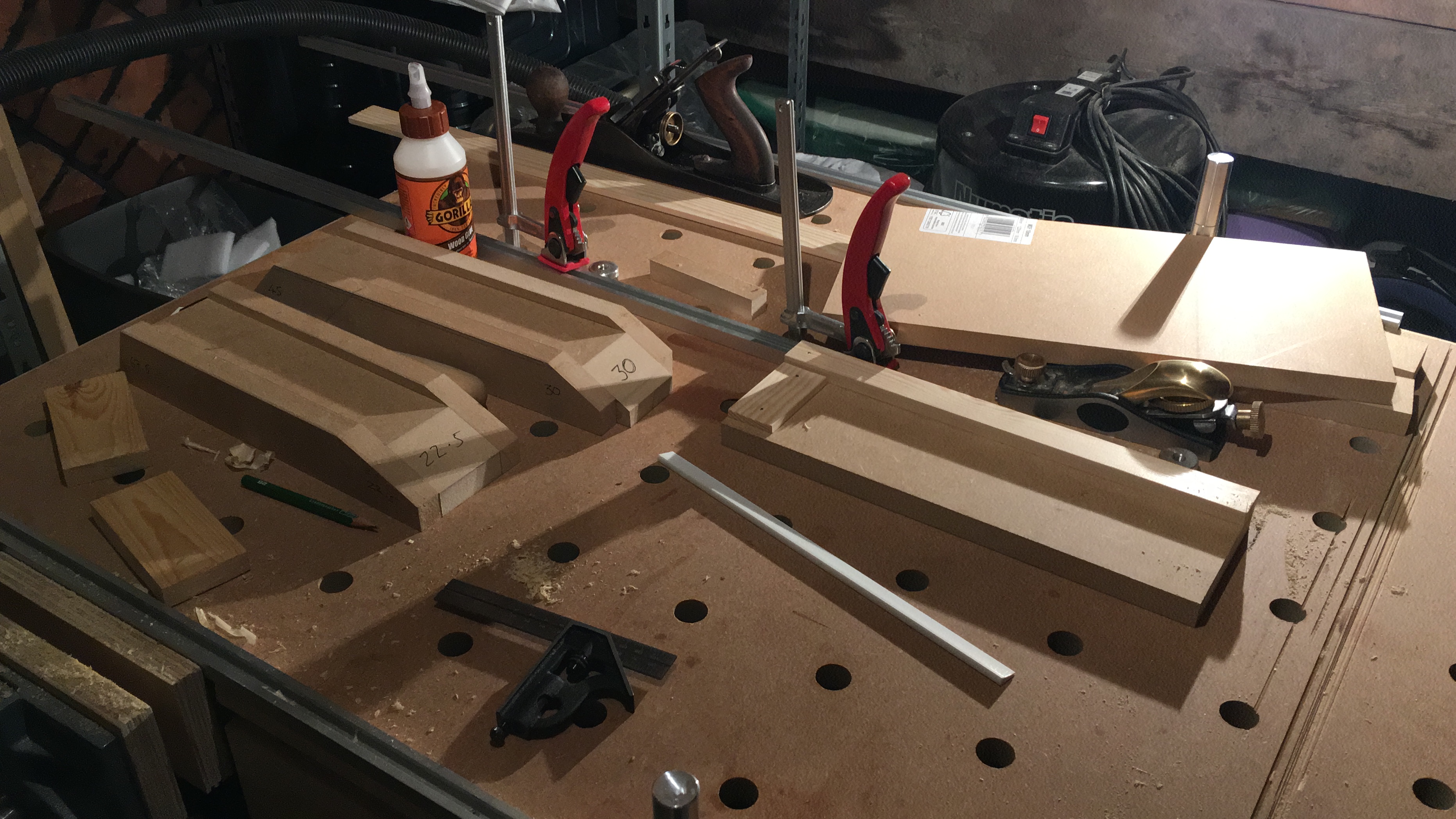
I had some overall dimensions in mind – the box needs to be large enough to comfortably reach into to grab the filters at the bottom – but mostly just used the dimensions of the wood I had to mock it out.
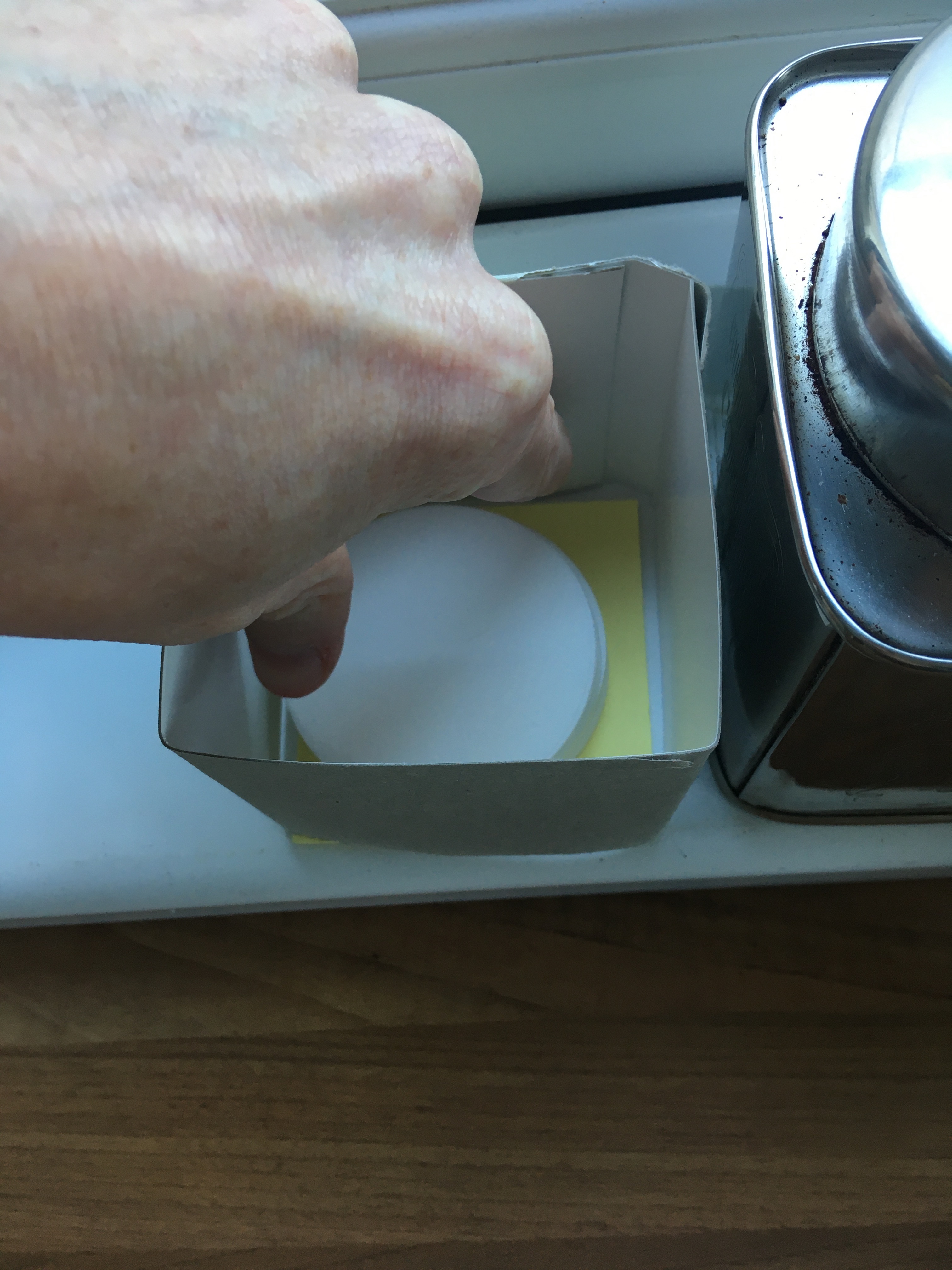
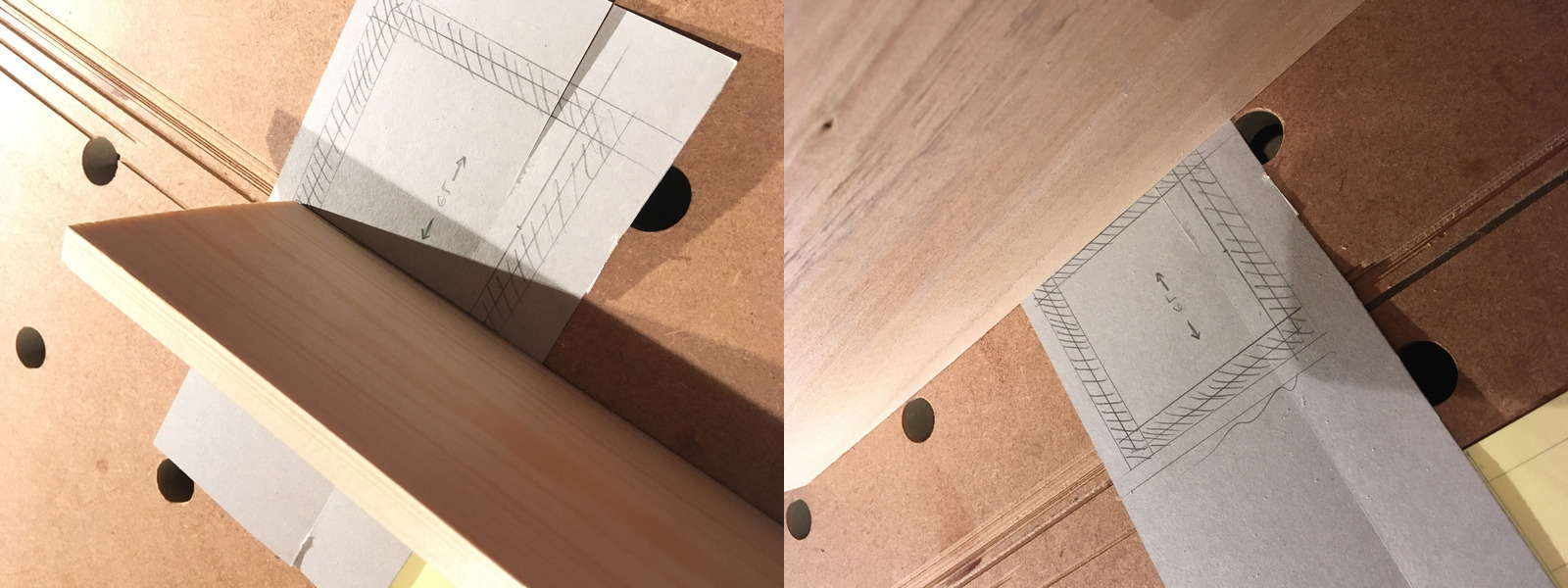
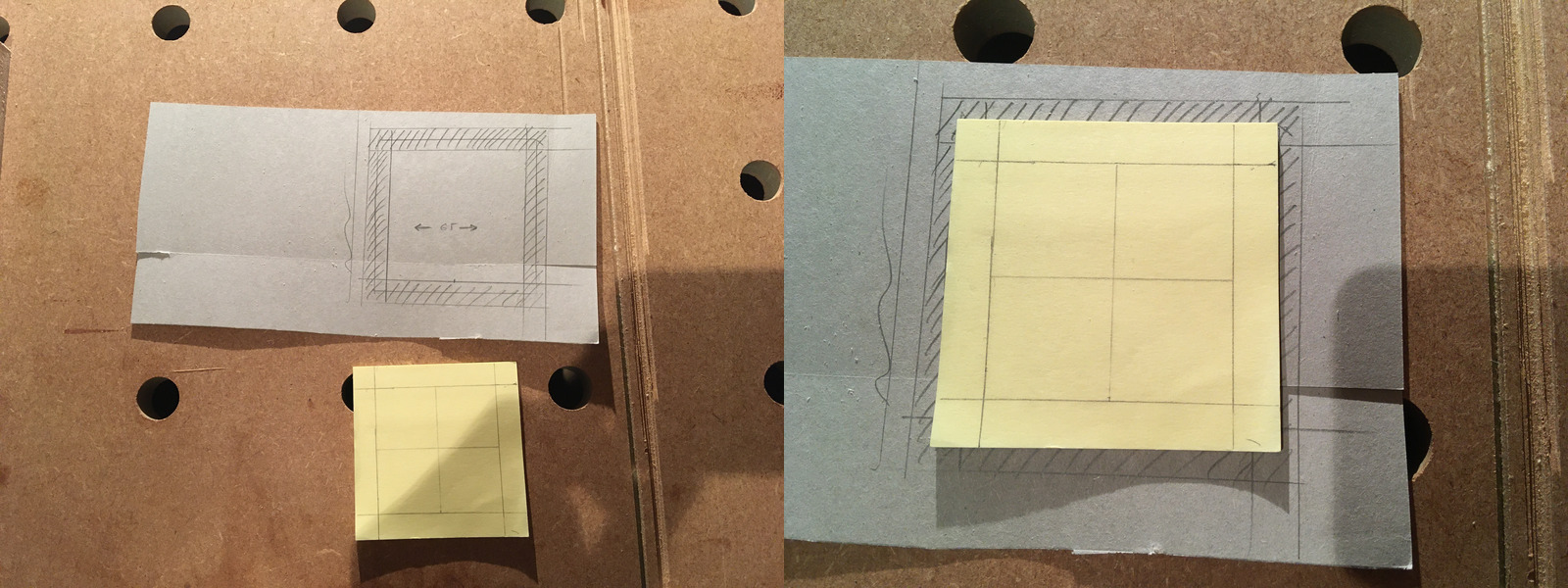
Making the kumiko wasn’t too bad – getting the box nice and square proved much tricker!
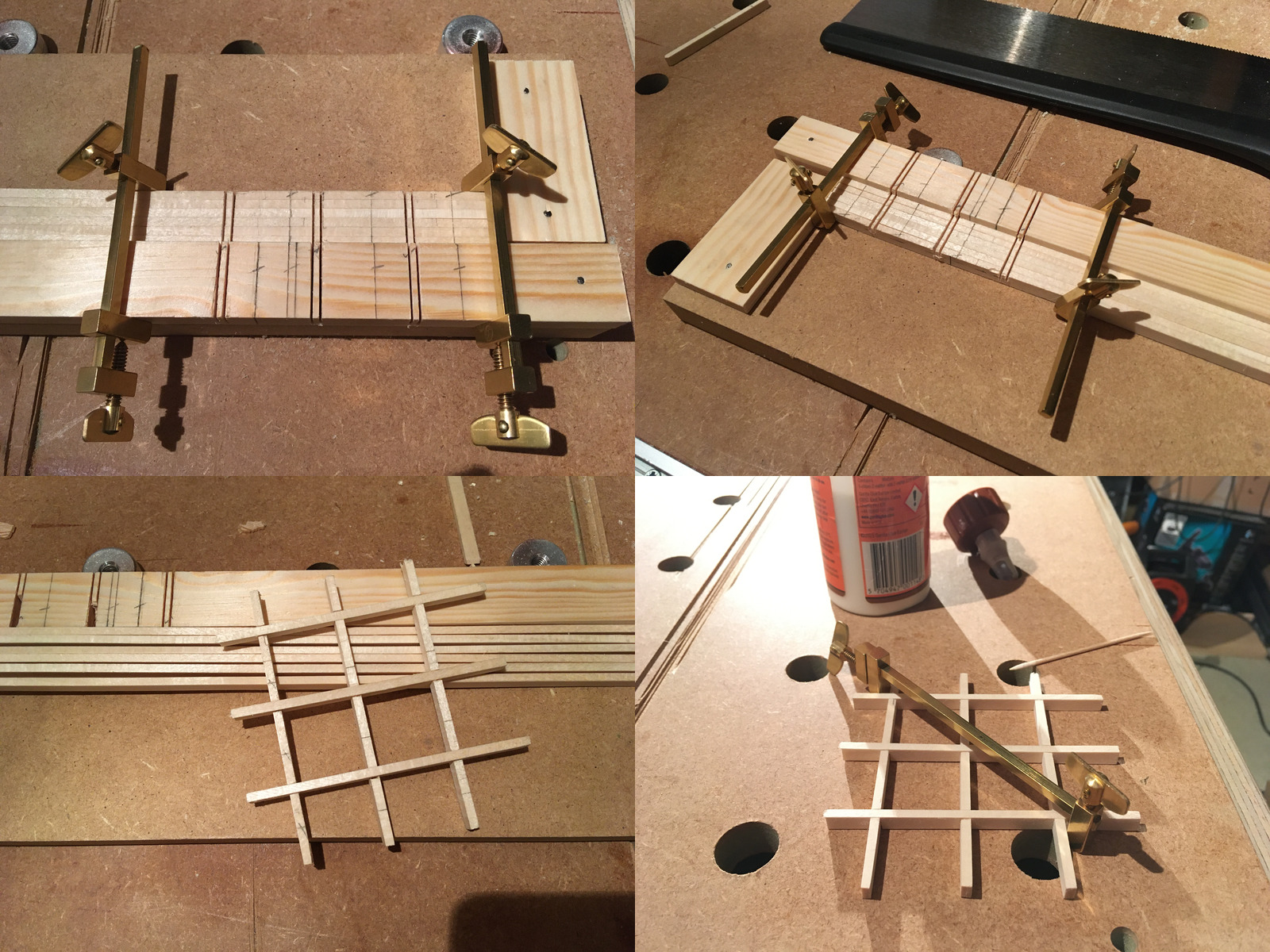
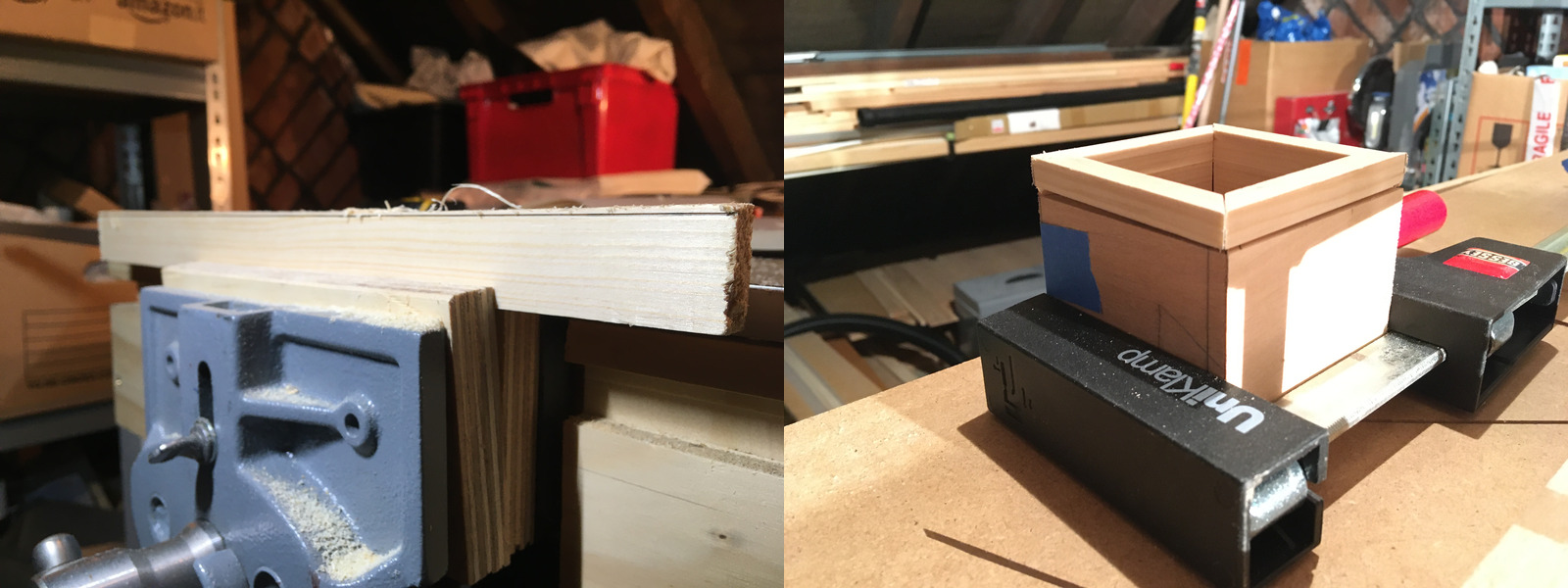
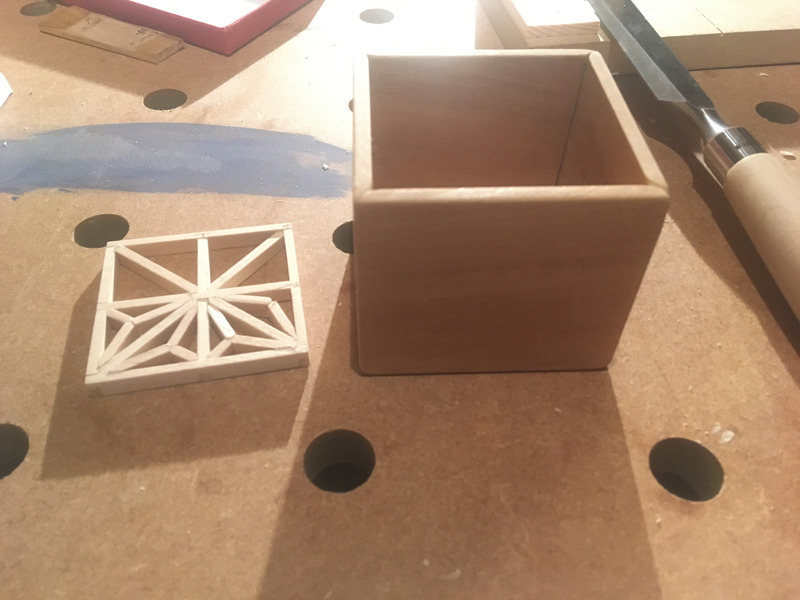
Not too much left at this point; need to finish the kumiko and set it in the lid.
We did talk about our larger-scale individual project this week, but I’ll save that for next time.
Nature of Order
This week we started looking at the first 8 of the 15 Fundamental Properties in Nature of Order Book 1.
- Levels of Scale: A balanced range of sizes is pleasing and beautiful.
- Strong Centres: Good design offers areas of focus or weight.
- Boundaries: Outlines focus attention on the centre.
- Alternating Repetition: Repeating various elements creates a sense of order and harmony.
- Positive Space: The background should reinforce rather than detract from the centre.
- Good Shape: Simple forms create an intense, powerful centre.
- Local Symmetries: Organic, small-scale symmetry works better than precise, overall symmetry.
- Deep Interlock and Ambiguity: Looping, connected elements promote unity and grace.
We did an exercise to analyse our submitted photos from last week for specific properties.
Positive Space: In iA Writer the left margin is used for heading levels, so you can orient yourself to a section at a glance. The space is functional, even though it is empty.
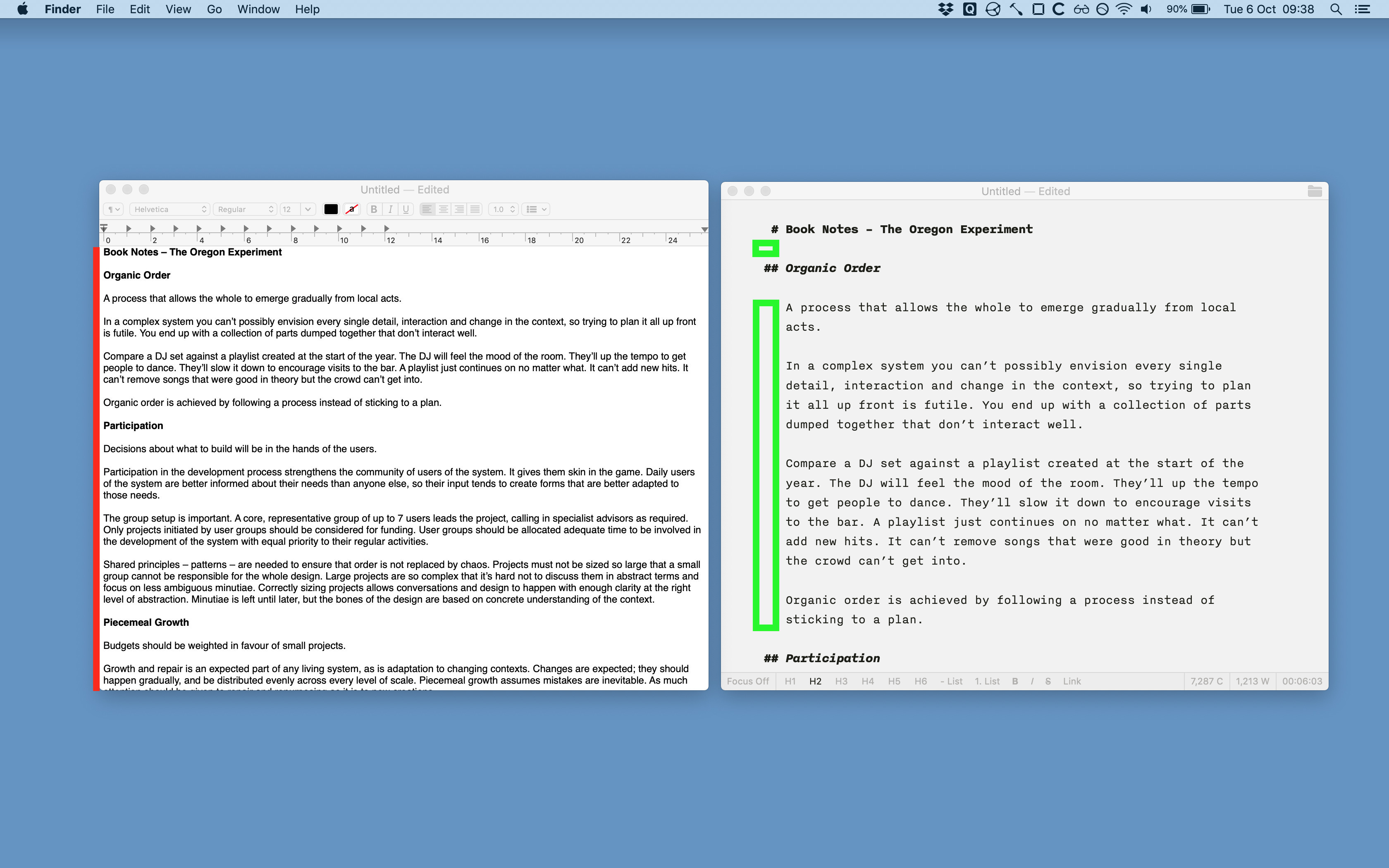
Deep Interlock and Ambiguity: The railings on the balcony level form a sort of gradient from the black downstairs to the white upstairs and roof. Ambiguous where each shop starts and ends. Feels more harmonious. The hanging shop signs interlock the stores with the arcade space.
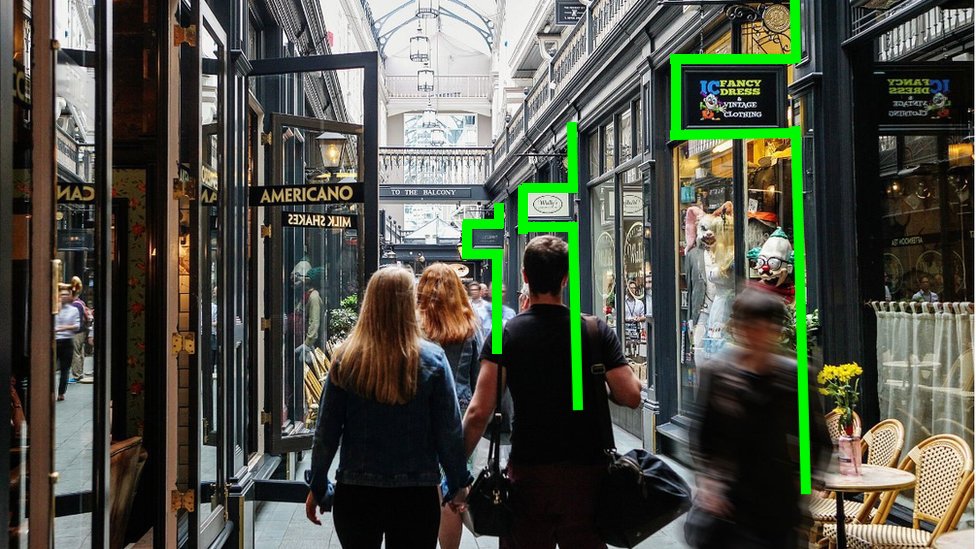
Book notes this week…

Appropriate Construction
This week we were introduced to the Appropriate Construction class, which is all about materials. We watched a pre-recorded lecture on cotton weaving and traditional carpets, followed by a recorded Q&A between the presenters, and finally a live Q&A with the students.
The talk about hand-spinning cotton was interesting. With the particular tools that were shown, you need to use your whole body and attention to operate them and find a rhythm with the material as you try to find harmony between what you want it to do and what it naturally wants to do itself.
Lots of the 15 properties from Nature of Order were on display in the carpets. One that stuck out to me was the use of asymmetry – a mix of the Roughness and Local Symmetries properties.
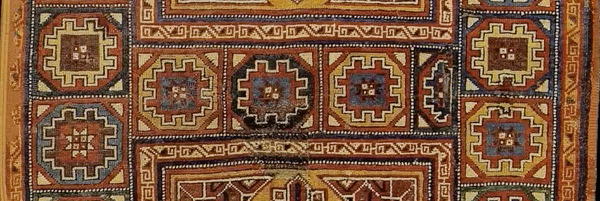
The horizontal “tiles” aren’t wide enough align with the larger tiles that border them, so a half-tile was used on one edge of the row. There’s also a colour difference between the lower of the vertical tiles – blue on the left and yellow on the right. I think this does a lot to give the carpet a sense of life. Without the asymmetry it would feel much more rigid and manufactured.
There was some good Q&A, where we battled with the use of hand-made vs manufactured materials and where to use them. As ever, it depends on context. We need to decide how much hand-made and how much mechanisation to employ in our lives.
- You could use natural fabric to add a motif to a shirt pocket, as that’s unique and special to you.
- Day-to-day you could wear machined clothes, but have some hand-made clothes for weekends, or holidays or special occasions.
- It’s common to use MDF for carcasses and solid wood for doors and trim.
We also ventured into the benefits and pitfalls of mechanisation in production.
Someone raised a point that one of the problems that technology has is an image problem, as it’s seen as automation, but technology can also have an effect of augmentation. My suspicion is that any technology always does both – automation and augmentation, and that you should try to pick technology that augments a particular context.
The book Tools for Conviviality was mentioned as it argues that making something for “production” actually changes its nature.